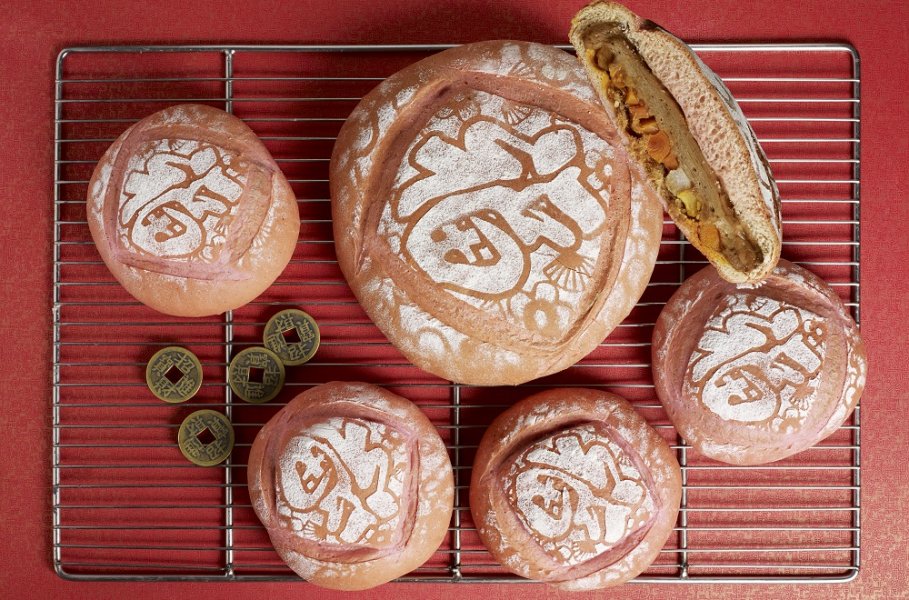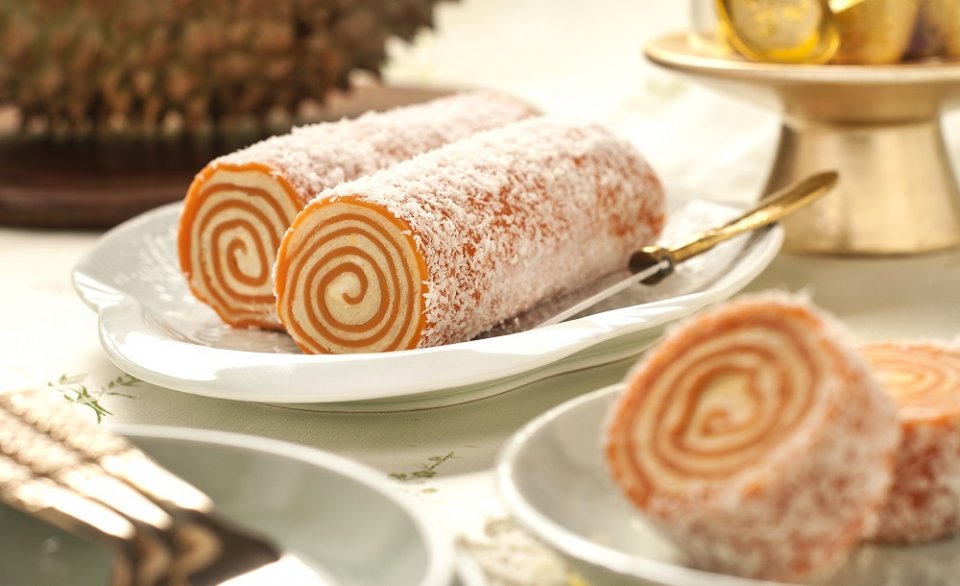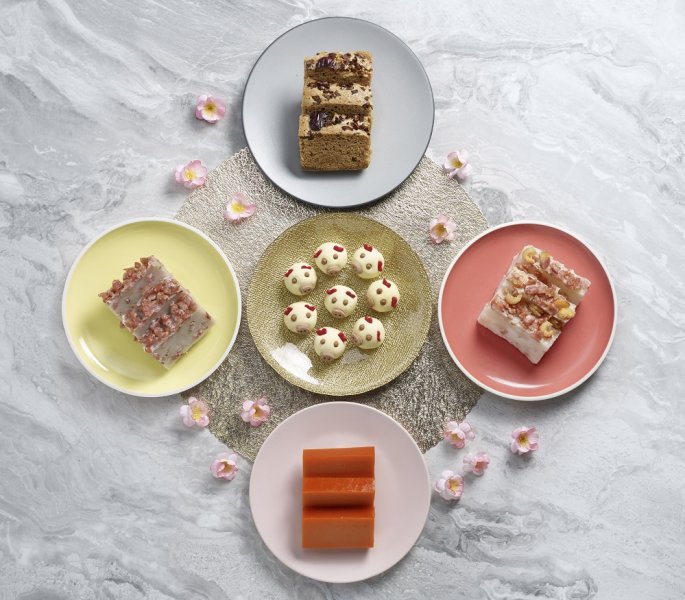Oh nian gao—so ugly to look at and yet so timeless and necessary a treat. With a history dating back to the Han dynasty (206 BC to 220 AD), the glutinous rice cake is eaten yearly as a symbol of attaining success or scaling greater heights in one’s career. But before it became a Chinese New Year classic, the nian gao had its own stories steeped in myth and folklore. Here’s reminding you just what the nian gao really is; so your next bout of gluttony is a little more culturally informed.
A bribe to the Kitchen God
Each Chinese household is lorded over by the Kitchen God—he’s the reason why your mum forbids you from banging on the dinner table or sticking chopsticks upright in your rice—and like every Asian capitalist he has to make an annual report. Every year he reports to the Jade Emperor on whether the family has been naughty or nice; instead of coal in your stocking, you’ll be punished for bad behaviour. The only way to shut this domestic deity up? Literally seal his lips with sticky rice cake on the 23rd day of the 12th lunar month, so he can’t badmouth you in Celestial Court. Now if only that worked on our enemies.
The foundation for civilisation
Think we’re exaggerating? Think again. Sometime around 480 BC in China, General Wu Zixu led the construction of strong walls around the Wu Kingdom, to protect them from attacks during the war. Before he passed, he was remembered as having told his people to seek salvation beneath the wall in times of hardship. When the Wu Kingdom fell to the Yue state years later, the capital’s food supply was cut off and the people were on the brink of starvation. Then they remembered their general’s words. They dug a hole under the wall, and found that the wall beneath the earth had been built with bricks made from glutinous rice flour—by sneaky, brilliant order of Wu Zixu. The capital was saved and a new delicacy was born.
Defence against rogue carnivores
You probably already know the story of Nian the monster, a ravenous creature in ancient China who would emerge from his dwellings at the start of the spring season, to hunt and feast on animals and villagers alike. Every year, the terrified villagers would hide from Nian. It took the arrival of a grey-haired stranger one Chinese New Year’s Eve to mysteriously vanquish the beast in a show of firecrackers and red regalia; but some variations of the legend have it that the stranger was named Gao. Gao pre-made some rice pastries and placed it in front of the doors of every home in the village—when Nian next appeared, he filled up on the pastry and returned to his cave in peace. From then on, the villagers would make similar cakes every year, and named the protective pastry after its ingenious creator.
Antoinette

If the unimaginative shape of the traditional nian gao turns you off, opt for Antoinette’s modern interpretation instead. The Hong Bao ($10/small or $25/large) transforms the sticky treat beyond recognition, hiding it inside lightly sweetened bread infused with red dragon fruit. Available through Feb 19 by pre-order here
Min Jiang

Durian fans, don’t walk; run to this Chilled Durian ‘Nian Gao’ Roll ($32 for nine pieces) available for dine-in only at Min Jiang Goodwood Park Hotel. Nian gao paste of gula melaka, rock sugar and glutinous rice floor is steamed and hardened, before rolled with a mix of D24 durian puree and kaya, then coated in desiccated coconut. Available through Feb 19 at Min Jiang Goodwood Park Hotel
Paradise Group

Keeping things simple but unique, Paradise Group is serving up a mean steamed nian gao with coconut milk ($29.80)—for those who still want their lucky dessert to taste traditional. Available for takeaway through Feb 4 at Seafood Paradise, Canton Paradise, Paradise Dynasty, Paradise Classic, Paradise Hotpot and Beauty in The Pot





